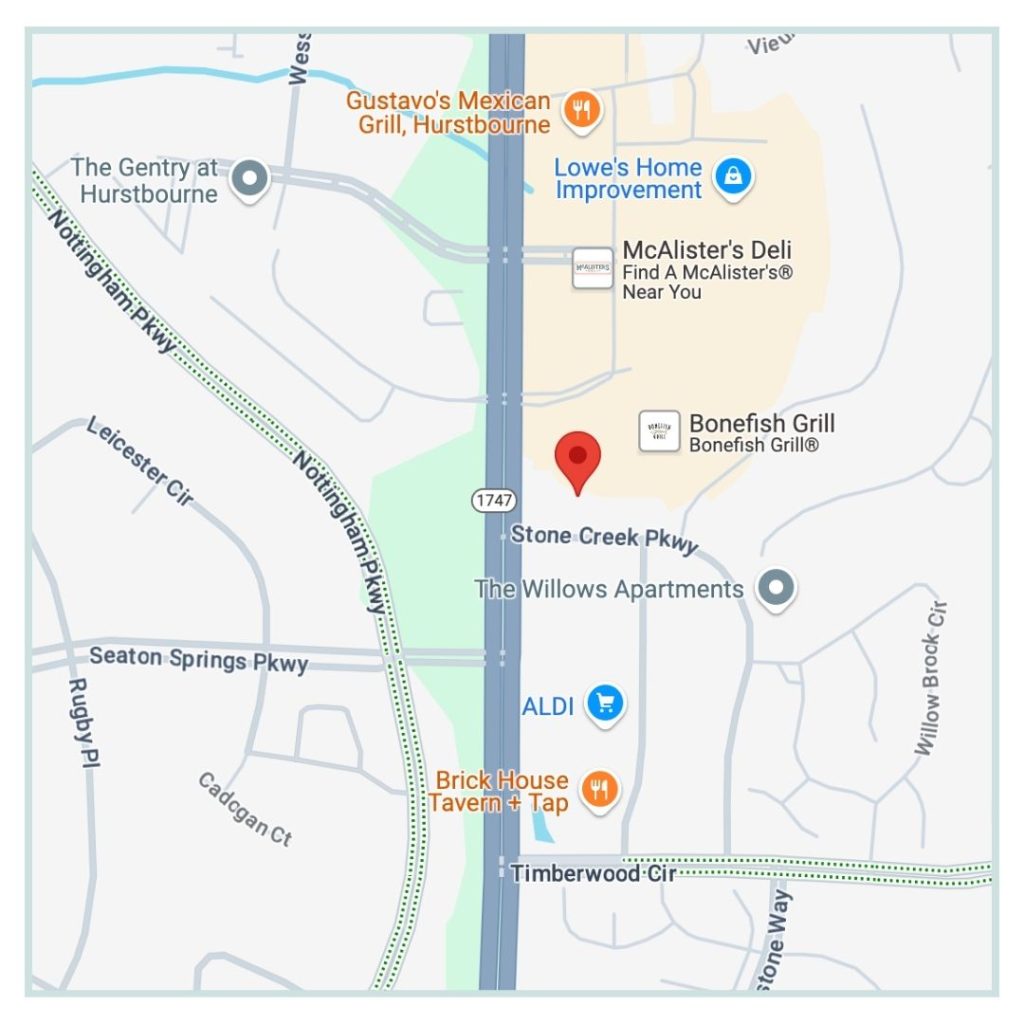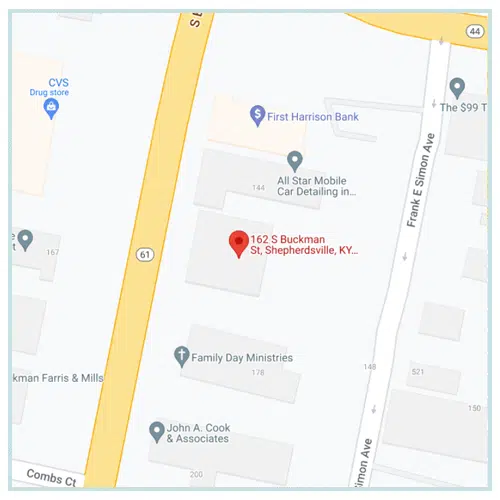As the population ages, many seniors are considering their housing options with a keen eye on cost and lifestyle. Today’s housing market, fraught with unpredictability, poses unique challenges for seniors living independently. One solution gaining traction is the move to independent living facilities, offering a blend of financial savvy and lifestyle continuity.
Understanding Independent Living Facilities
An independent living facility is a specialized housing arrangement for older adults, typically those 55 and older. Unlike nursing homes or assisted living facilities, these communities provide a unique blend of independence and support. Residents enjoy private living spaces and a community atmosphere with others with similar interests and lifestyles. These facilities, often called 55-and-over communities, active adult communities, or retirement communities, focus on active, independent living with the added benefit of trained staff support.
Ideal Candidates for Independent Living
Independent living facilities are best suited for seniors who do not require intensive medical care. They are an excellent option for those seeking to escape the burdens of household maintenance and yard work without sacrificing their independence. These facilities typically have 24-hour staff available for emergencies, catering to a more self-sufficient senior demographic.
Diverse Housing Options
Independent living facilities offer a variety of housing options:
Senior Apartments:
- Age-restricted apartments offer communal activities, meals, transportation, and services.
Low-Income Housing:
- Subsidized housing options are available through programs like the HUD’s Supportive Housing Program for low-income seniors.
Continuing Care Retirement Communities (CCRCs):
- These facilities cater to seniors with declining health, providing a range of care levels within the same community.
Choosing the Right Facility
Selecting an independent living facility requires careful consideration:
Location:
- Proximity to family and friends or the desire for a change in climate or scenery can significantly influence your choice.
Services and Amenities:
- Transportation, recreational programs, and on-site amenities like gyms, dining options, and hobby classes should align with your lifestyle preferences.
Cost:
- Costs vary widely depending on location and services offered. For example, the average monthly cost in Connecticut is around $3,500, whereas in Mississippi, it can be less than $2,000.
Critical Considerations Before Making a Decision
Before settling on an independent living facility, families should evaluate:
Health Needs:
- If you or your spouse require extensive medical care, an independent living facility may not be the best fit.
Mobility:
- Decreased mobility can be a significant factor in transitioning to an independent living facility.
Home Maintenance:
- The ability to maintain your current home is a crucial consideration. Independent living facilities offer a downsized, maintenance-free lifestyle.
Transitioning to an independent living facility is a significant decision for many seniors. These communities offer an ideal balance of independence, neighborhood, and support tailored to the needs of active older adults. By carefully evaluating your needs, preferences, and financial capabilities, you can find a facility that meets your requirements and enhances your quality of life in your golden years. When thoughtfully made, this transition can provide peace of mind, social engagement, and a fulfilling lifestyle tailored to the unique needs of seniors.









